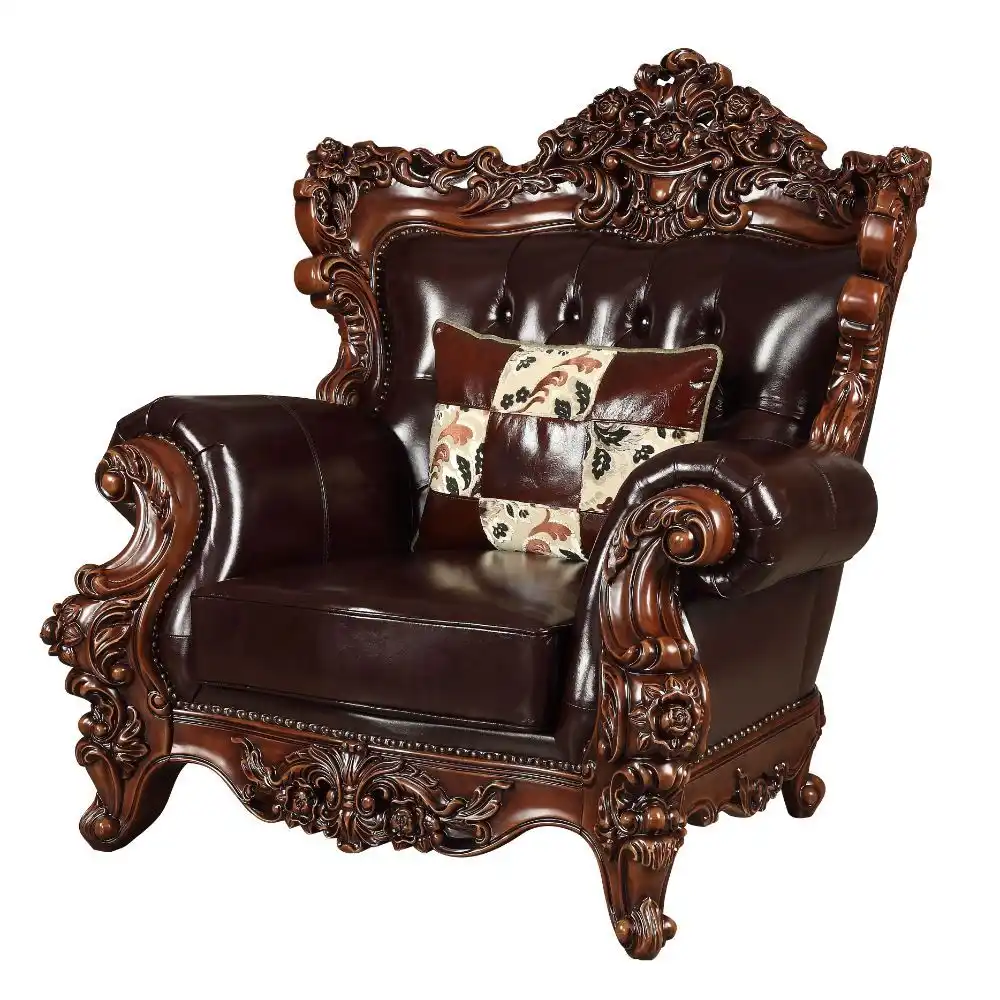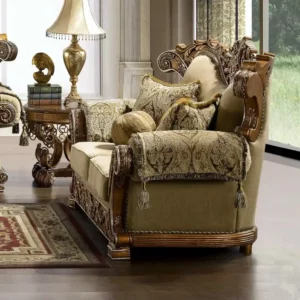Living Chairs: The Cornerstone of Modern Furniture Trends

The living chairs market represents a dynamic segment of the furniture industry, blending aesthetics, functionality, and innovation. These chairs are more than just seating solutions; they reflect evolving consumer preferences for comfort, sustainability, and style. With a projected compound annual growth rate (CAGR) of 8% from 2024 to 2031, the living chairs market is poised for robust expansion globally, driven by urbanization, shifting lifestyle trends, and technological advancements in design and manufacturing.
What Defines Living Chairs?
Living chairs are integral to living room setups, offering both practical utility and a focal point for interior design. They encompass:
- Armchairs: Designed for comfort and relaxation, often featuring ergonomic designs.
- Accent Chairs: Aesthetic pieces that add character to a room.
- Recliners and Rockers: Functional chairs that cater to leisure and health needs.
These chairs cater to diverse consumer demands, from affordability to premium luxury, making them a staple in modern homes.
Market Trends and Insights
1. Global Market Growth
The living room furniture market, including living chairs, is expected to reach a value of $228 billion by 2024, with significant contributions from the Asia-Pacific region, accounting for 23% of global revenue. This growth is fueled by:
- Urbanization: As cities expand, demand for compact and functional furniture rises.
- Economic Expansion: Increasing disposable incomes allow consumers to invest in high-quality furniture.
- E-commerce Influence: Online platforms are transforming purchasing behaviors, offering convenience and competitive pricing.
In countries like China and India, rapid urbanization and a burgeoning middle class are driving the market. In China alone, the living furniture market is valued at approximately $23 billion as of 2024.
2. Sustainability Focus
Consumers increasingly prefer eco-friendly materials such as recycled wood, bamboo, and sustainable fabrics. This trend aligns with global efforts to reduce carbon footprints and promote green living. Companies like IKEA are leading this shift by integrating sustainable practices into their production processes.
Consumer Preferences Shaping the Market

1. Comfort and Functionality
Features like built-in storage, adjustable backrests, and ergonomic designs are becoming standard. Recliners, in particular, are gaining popularity among all age groups due to their health and relaxation benefits.
2. Customization
Modern consumers value personalization. Brands are offering customizable options for fabrics, colors, and designs to meet specific aesthetic and functional needs.
3. Technology Integration
Smart living chairs equipped with features such as heating, massage, and wireless charging ports are revolutionizing the market. These innovations cater to tech-savvy consumers seeking convenience and luxury.
Regional Market Dynamics
1. Asia-Pacific
With a CAGR of 8%, the Asia-Pacific region is experiencing rapid growth. Factors such as a young population, urban migration, and increased consumer spending on home decor contribute significantly to this trend.
2. North America and Europe
These regions dominate the premium furniture segment. High consumer awareness and demand for branded, luxurious products drive the market. Leading companies include Herman Miller, Ashley Furniture, and La-Z-Boy.
3. Emerging Markets
In South America and Africa, rising middle-class populations and digital transformation in retail are opening new opportunities for affordable yet stylish furniture.
Competitive Landscape
The living chairs market features both global giants and niche players. Key companies include:
- IKEA: Known for affordable and sustainable designs.
- Herman Miller: Specializing in high-end ergonomic seating.
- La-Z-Boy: Focused on comfort and innovation in recliners.
To remain competitive, companies are investing in R&D, embracing sustainability, and enhancing online shopping experiences.
Challenges in the Living Chairs Market
- Material Costs: Fluctuations in raw material prices can impact profitability.
- Supply Chain Disruptions: Events like the COVID-19 pandemic have highlighted vulnerabilities in global supply chains.
- Market Saturation: In developed markets, saturation could limit growth prospects.
The Future of Living Chairs
The integration of AI and IoT in living chairs is set to redefine their functionality. For example, chairs that adapt to posture and offer real-time health insights are no longer a distant dream. Additionally, modular and space-saving designs will cater to the growing trend of compact living.
Expanding Distribution Channels for Living Chairs
1. The E-Commerce Boom
Online platforms have revolutionized how consumers purchase furniture, with e-commerce accounting for nearly 20% of furniture sales globally.
Giants like Amazon and Wayfair dominate the sector by offering diverse product ranges, competitive pricing, and user-friendly interfaces. Many brands also utilize augmented reality (AR) to allow consumers to visualize living chairs in their homes before purchasing.
2. Physical Stores Retain Their Edge
Despite the rise of digital shopping, physical stores remain crucial, particularly in markets like Asia and Latin America. These stores offer personalized customer service and allow buyers to experience the comfort and quality of living chairs firsthand. Hybrid models combining online ordering with in-store pickup are gaining traction.
Materials Driving Innovation in Living Chairs
1. Sustainable Choices
The demand for eco-friendly furniture is growing. Materials like bamboo, reclaimed wood, and recycled plastics are now commonplace in living chair production. IKEA, for example, has committed to using 100% renewable and recyclable materials in its products by 2030.
2. Luxurious Materials
High-end brands continue to focus on premium fabrics, leather, and metals to attract affluent customers. These materials not only enhance durability but also cater to the growing trend of home luxury furniture.
Health Benefits and Ergonomics
Ergonomic designs are a priority for manufacturers as awareness of posture-related health issues rises. Features such as lumbar support, adjustable headrests, and armrests cater to consumers who spend significant time sitting, whether for work or leisure. The global ergonomic chair market, a subset of living chairs, is expected to grow at a CAGR of 5.8% through 2028.
Investment Opportunities in the Living Chairs Market
With a market size expected to exceed $230 billion by 2031, living chairs represent a lucrative opportunity for investors. Key drivers include:
- Middle-Class Expansion: Emerging markets like India and Southeast Asia are experiencing rising disposable incomes.
- Technological Advancements: Smart chairs with IoT features are a promising niche.
- Sustainability Trends: Companies with strong environmental initiatives are likely to attract eco-conscious consumers.
Investment in brands focusing on innovation and sustainability is projected to yield high returns as the market continues to evolve.
Conclusion: Why Living Chairs Matter
Living chairs are not just furniture pieces; they are reflections of personal style, comfort, and innovation. Whether it’s a minimalist armchair or a tech-enhanced recliner, these products cater to diverse consumer needs while shaping modern living spaces. As the market grows, it’s clear that living chairs will remain at the forefront of home furnishings, blending tradition with cutting-edge trends.
For businesses and consumers alike, staying attuned to these trends is key to navigating this vibrant and evolving market.